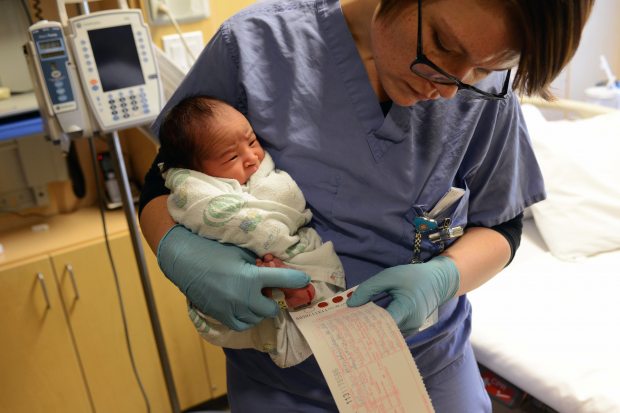Curious about what you can do to help? Want to take action?
This page will introduce actionable items and steps you and others can take to ensure that improved healthcare infrastructure in the Arctic is realized.
As always, the first step to enacting change is making sure you’re thoroughly educated on the topic. While our website is a great starting point, check out our “how to learn more” page, which will direct you to other excellent resources!
How to support the expansion of internet access in Arctic communities:
The Internet Society recognizes Special Interest Groups (SIGs) as a non-geographical independent entity committed to pursuing significant long-term activities in many different areas, including accessibility and rural development. More information can be found about joining a SIG or reading member stories.
Join the Internet Association’s mailing list to stay in the know about important information regarding broadband internet access, internet economy, and content moderation. The Internet Association strives for a more positive online experience and has strong policy positions on many different aspects of online engagement.
Join the Rural Broadband Policy Workgroup, dedicated to fostering national collaboration and promoting broadband policies that benefit rural communities.
How to help address the Arctic indigenous mental health crisis:
engage in climate adaptation and mitigation efforts
As seen throughout this website, and especially on the mental health policy page, indigenous mental health is inherently linked with the environment and climate change. Therefore, steps to reduce your carbon footprint and thus aid climate mitigation efforts can be considered steps to support indigenous mental health. This New York Times article does a great job outlining steps you can take to reduce your carbon footprint.
Lobby your representative or other members of government to expand mental health resources for arctic indigenous peoples.
The issue with mental health in Arctic indigenous communities is largely a structural problem, and one that the government is best equipped to solve. Therefore, engage your representatives on the issue and push for the creation of infrastructure that could help combat this problem. Ideas include the building of community centers, block grants for suicide prevention training (done in coordination with traditional knowledge), and even helping aid relocation efforts if communities need to move due to the effects of climate change.
Additionally, ask your government to support and aid the Arctic Council Sustainable Development Working Group’s “Local2Global” project which aims to prevent suicide and support mental wellbeing in Arctic communities. The group has a proposed project that can be implemented globally; lobby a government official to consider the plan for your country’s own Arctic indigenous peoples.
How to help address healthcare disparities in Arctic indigenous communities:
Stay up to date on Arctic healthcare policy.
- Check out this telemedicine project on the Arctic Council.
- Keep up with the Arctic Council One Health working group that sustains interdisciplinary collaboration in the Arctic to “identify, prevent, and mitigate health risks in humans, animals and the environment”.
For Healthcare Professionals:
- To get an introduction to cultural competency and racial bias in the healthcare system regarding Indigenous relations, follow the training program: San’yas Indigenous Cultural Safety Training Program.
- Take courses about Indigenous Relationship to Canadian healthcare and cultural safety by enrolling in Cancer Care Ontario.
For medical students/those looking to go into healthcare:
- Consider working in the Arctic to gain a strong connection with a local community (high demand for healthcare workers).
- Seek out scholarships for students committed to working rurally.
- Specialize in rural medicine or indigenous health care (find opportunities here).
- For indigenous medical students, apply for scholarships from the Canadian government here.
- Consider specialties in obstetrics and gynecology or become a trained nurse midwife to support infant health in arctic indigenous communities.
Policy Proposal:
In considering all of our research and thinking about how to best solve healthcare infrastructure problems in the Arctic, we’ve proposed the formation of an Arctic working group that would research the health needs of Arctic communities to inform policy proposals for national governments. The Healthy Arctic Working Group would begin in Northern Canada and seek to provide communities with solutions to issues of infant mortality, mental health, and internet access. It would primarily consist of Indigenous community members as well as other representatives from the Arctic Council, the Canadian government, and other external groups. Funding has already been established through the budget for Indigenous engagement in Northern Canada, but external groups would be welcome to donate as well!
This working group would serve as a pilot program that, if successful, could be used as a model for other Arctic states to implement. The hope is that the program would lead to improved health outcomes overall and inspire other states to follow in Canada’s footsteps.
To ensure this working group is put into action:
-
- Canadian citizens can lobby a member of parliament
- Write to your Arctic minister to recommend the creation of this group
- Donate here.
